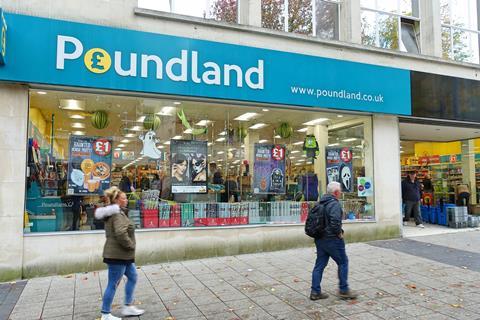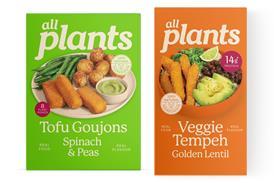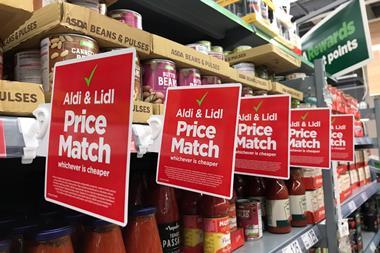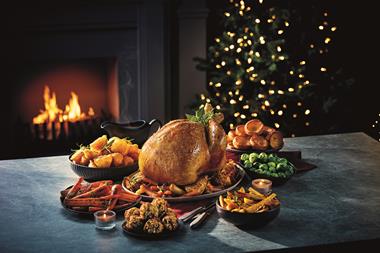
2025 marks a defining year for the variety discounter sector, with a landscape shaped by shifting ownership, acquisitions, and the ever-present force of digital competition. As the dust settles, it’s becoming clear the old playbook just won’t cut it anymore.
Low prices may have been the original draw, but they’re no longer the path to success. If variety discounters want to thrive, they must instead embrace new strategies that amplify value, elevating the shopper experience with additional services and expanding their relevance in an evolving retail world.
The opportunity for the total discount channel is huge. IGD foresight reveals it will be the fastest-growing channel to 2030, with a CAGR of 5.4%. UK variety discounter sales make up just under 30% of this channel and are projected to be worth just over £15bn by 2030.
But to tap into this future success, variety discounters must rethink what value truly means for today’s shopper.
Keeping up with shoppers
It’s a mistake to believe low pricing is enough to ensure shopper loyalty. Today’s customers seek value through convenience and a memorable shopping experience. Variety discounters that have recognised this by adding services such as garden centres and cafés are outpacing competitors.
Home Bargains stands out as a prime example, offering fresh, frozen, and general merchandise without sacrificing quality. B&M and The Range are also leveraging seasonal assortments and brand collaborations to entice shoppers and spark impulse purchases. The latter also offers shoppers a broad frozen assortment through its Iceland concessions in store.
The modern consumer demands more, and variety discounters have responded by expanding grocery offerings and rethinking assortments to match changing tastes.
Pureplay e-commerce giants such as Temu and Amazon have carved out a formidable share of the market, forcing variety discounters to pivot by prioritising grocery and essentials. This has created a tougher climate for the general merchandise category – once the backbone of these stores, it is now under increasing pressure.
Home Bargains is doing a good job of balancing a diverse offering without letting standards slip, while The Range is accelerating its momentum through strategic acquisitions like Homebase. B&M’s in-store execution continues to set industry standards.
Meanwhile, Poundland, once anchored by the iconic £1 price point, and Poundstretcher have struggled to maintain trust as costs rise, resulting in closures across the estate. Both will hope for transformation under new ownership after struggling.
A question of loyalty
There are several possible paths variety discounters can take to growth. These include focusing on high-potential categories such as health and beauty, snacking, or functional drinks; expanding private-label ranges to deliver value and variety; leveraging faster listing processes to respond swiftly to social media trends and attract Gen Z shoppers; or exploring retail media as an untapped revenue stream.
One clear gap remains within the channel; shopper loyalty schemes.
Apart from Poundland’s now-axed Perks programme, the sector has largely steered clear of loyalty, missing out on valuable shopper insights and opportunities to improve value perception. Establishing such programmes could be transformative, offering data-driven personalisation and strengthening the retail media proposition.
The key to tapping into this future success lies in reinvention. The sector must move beyond the low-price mantra and embrace a holistic approach, prioritising value, enriching the shopping journey, innovating product assortments and investing in loyalty.
Those who do will not only survive but lead the evolution of retail in the years to come. The winners will be those who have the courage to rethink what value really means for the modern shopper and deliver it at every turn.
Michela Pearson, insight analyst at IGD



















No comments yet